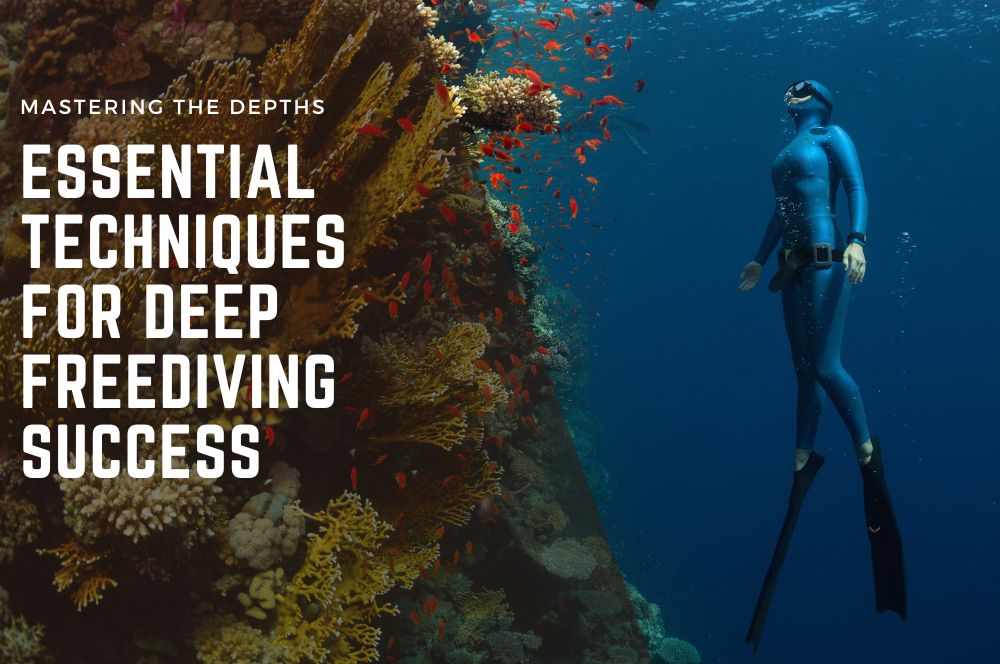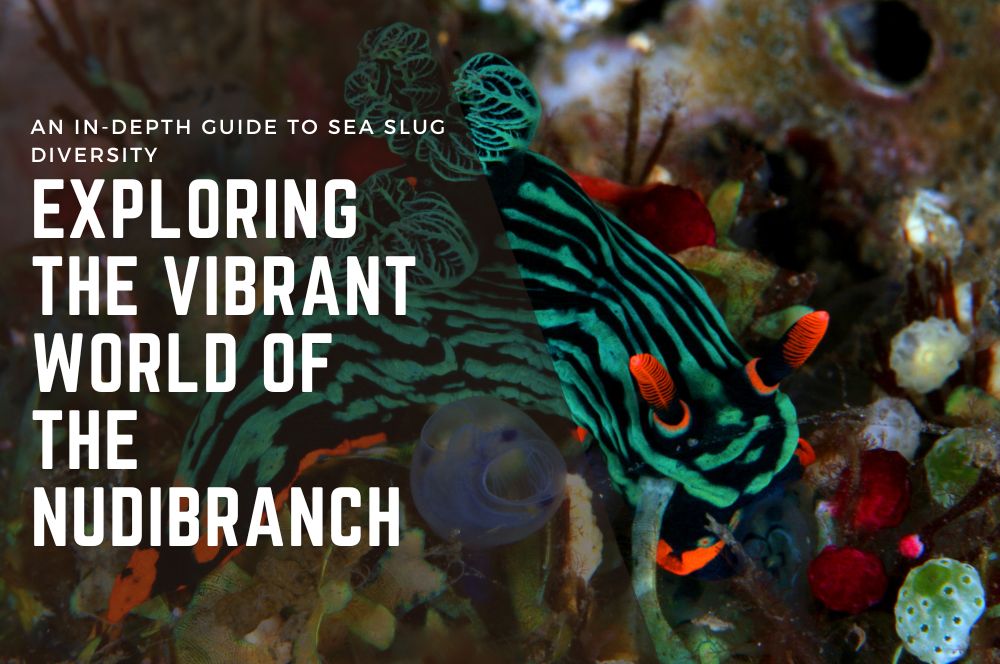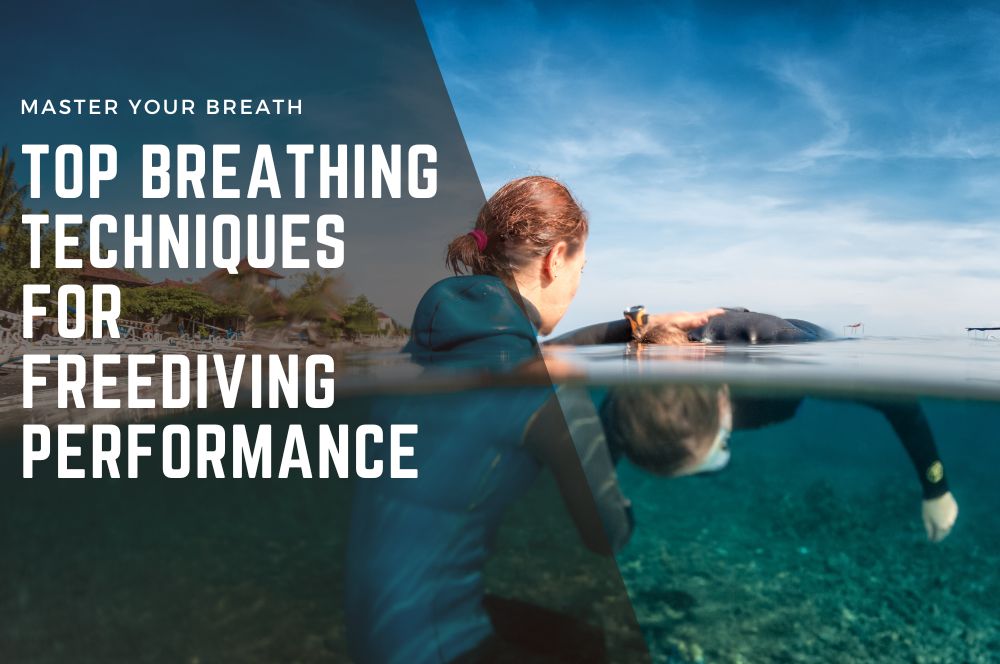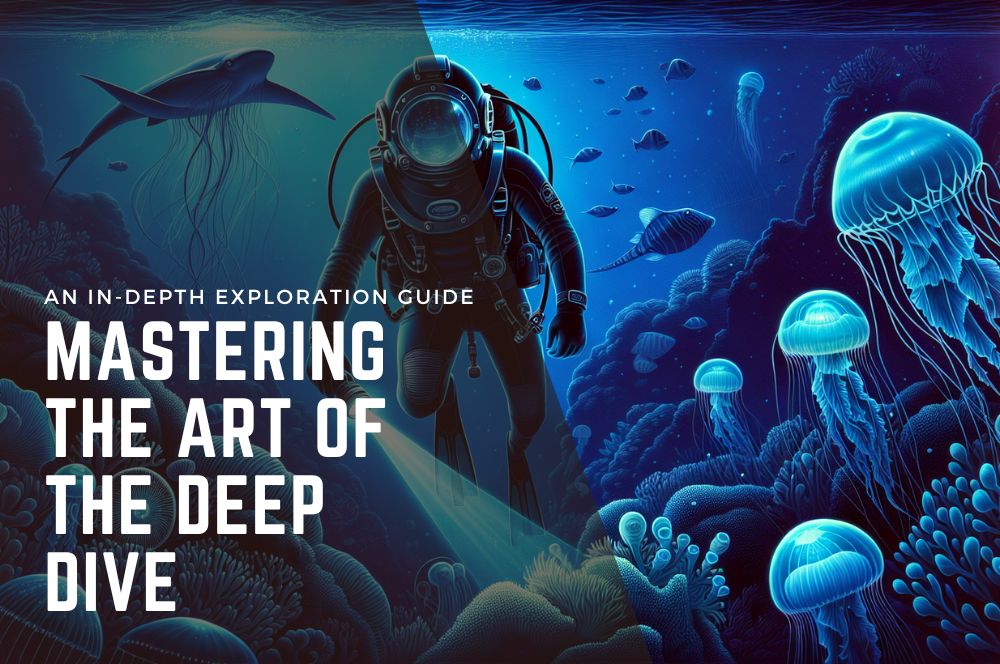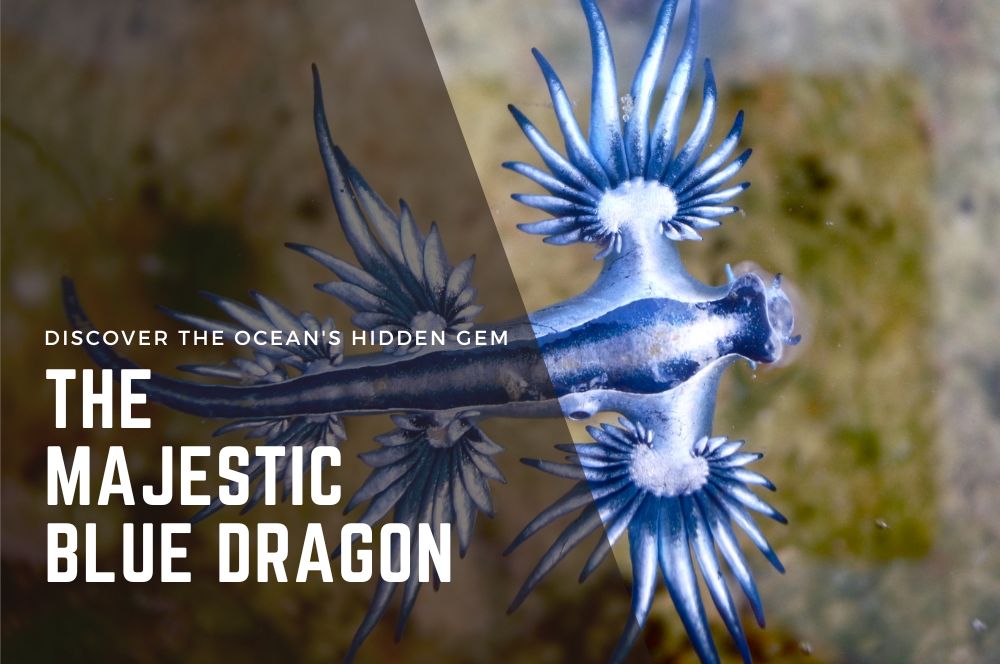You have 0 product(s) in your cart.
Abyss Scuba Diving
The Attack Of The Sea Urchin | What You Need To Know About Sea Urchin Stings
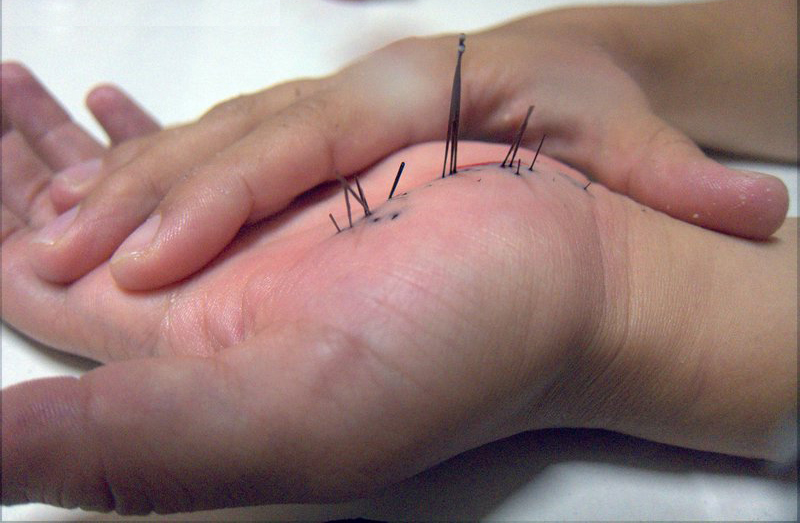
What You Need To Know About Sea Urchin Stings
Imagine exploring the depths of the ocean, marvelling at the vibrant marine life all around you, when suddenly, you feel an intense pain shooting through your foot. You’ve just encountered a sea urchin, and its sting has left you in agony. Sea urchin stings can be a real damper on your underwater adventure, but with the right knowledge and precautions, you can avoid them and get back to enjoying the wonders of the deep. Read on to learn what you need to know about sea urchin stings, from understanding their symptoms and dangers to treatment and prevention.
Key Takeaways
-
Understanding sea urchin stings is essential to prevent and treat encounters with venomous spines.
-
Protective gear and caution are recommended when diving to minimize the risk of stings.
-
Immediate care, spine removal, cleaning of the wound, and monitoring for infection signs should be done if a sting occurs. Medical help should be sought if necessary.
Understanding Sea Urchin Stings
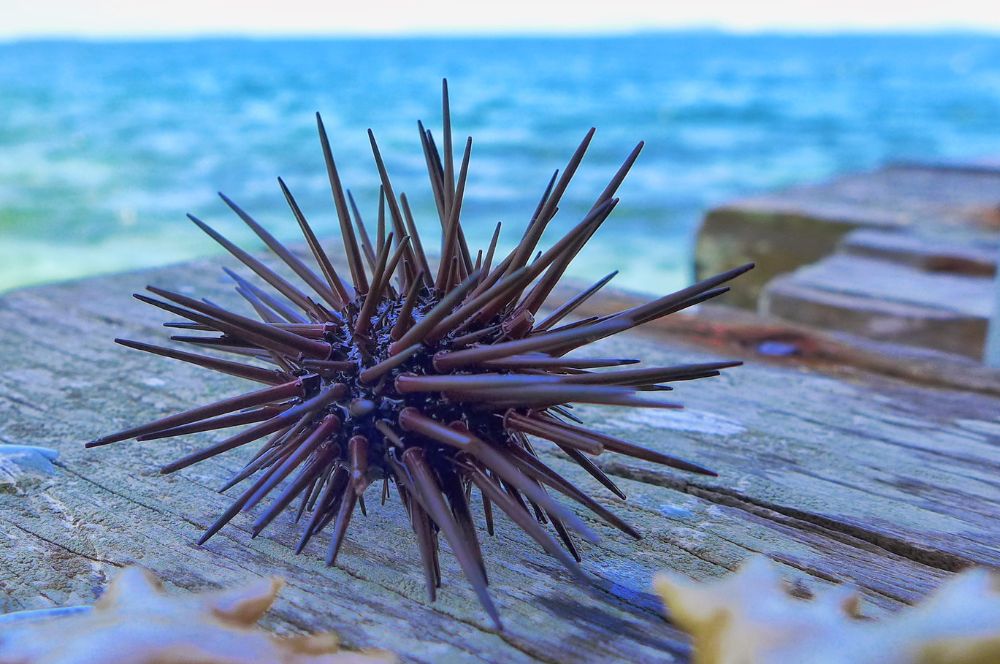
Sea urchins are fascinating creatures found in various marine habitats around the world. They may seem harmless at first glance, but their calcium-filled spines can cause painful stings upon contact. While sea urchins are generally not aggressive, their venomous spines serve as a warning to potential predators. For prevention and treatment, especially for those who engage in ocean activities like scuba diving or snorkelling, a solid grasp of sea urchin stings is beneficial. Understanding the sea urchin’s defence mechanisms can help avoid painful encounters.
To make matters more complex, there are different species of sea urchins with varying levels of danger. The severity of symptoms varies among sea urchin species; thus, familiarizing yourself with the types of sea urchins, their potential dangers, and sea urchin toxicity during your underwater adventures is important.
Sea Urchin Sting Symptoms
A sea urchin sting can cause a range of symptoms, depending on the severity of the sting and the species of the sea urchin. Immediate reactions may include:
-
Muscle weakness
-
Paralysis
-
Muscle aches
-
Extreme pain
-
Burning sensation
-
Redness
-
Swelling
-
Itching
-
Infection
In some cases, the sting can cause severe pain and even joint and muscle pain if the organism is allowed to penetrate deeper into the skin.
However, most sea urchin stings can be treated with proper first aid and care. Recognizing the symptoms of a sea urchin sting and promptly addressing them can minimize complications and ensure a swift recovery.
Types of Sea Urchins and Their Dangers
There are numerous species of sea urchins, each with its own level of danger. The flower sea urchin (Toxopneustes pileolus) is considered the most hazardous variety, known as a venomous sea urchin, with venomous spines capable of causing potentially fatal effects. The sea chestnut (Paracentrotus lividus), on the other hand, is the most prevalent type of sea urchin and poses a lesser threat.
When encountering sea urchins, caution should be exercised to avoid direct contact with their spines. Wearing appropriate protective gear and being aware of the type of sea urchin you may encounter can help prevent painful stings and allow you to enjoy your underwater adventures without fear.
Sea Urchin Stings and Scuba Diving
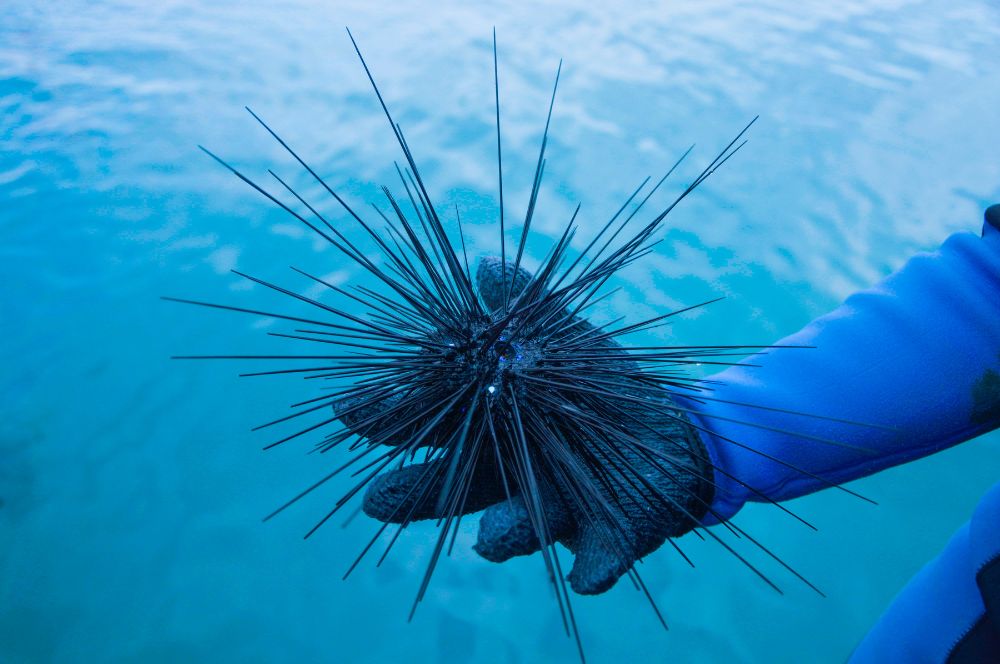
Scuba divers, particularly those diving in Sydney’s waters where the spiny sea urchin and Centro Urchin can be found, should be aware of the risks associated with sea urchin stings. Being prepared and taking necessary precautions can help divers avoid painful stings and ensure a safe and enjoyable diving experience.
A deep understanding of the types of sea urchins in the area, familiarity with the symptoms of a sea urchin sting, and knowledge on how to treat a sting allow scuba divers to reduce injury risk and confidently explore the ocean floor.
Protective Gear and Precautions
One of the best ways to avoid sea urchin stings while diving is to wear protective gear. Here are some options:
-
Full-body suits
-
Gloves
-
Thick-soled diving booties
-
Water shoes or flippers
These can provide a protective barrier against sea urchin spine and sea urchin’s spines, preventing sea urchin stings, as spines may cause injuries.
In addition to wearing protective gear, divers should exercise caution around rocky areas and crevices where sea urchins are commonly found. Being aware of your surroundings and avoiding direct contact with sea urchins can help minimize the risk of stings and allow divers to focus on enjoying the beauty of the underwater world.
First Aid for Scuba Divers
Quick action and first aid administration are necessary when a scuba diver is stung by a sea urchin. The recommended first aid practices include soaking the affected area in hot water for at least an hour, removing any spines stuck in the skin, and applying a topical antibiotic..
For scuba divers, knowing how to respond to a sea urchin sting is crucial as it can help in alleviating pain and preventing complications through prompt and proper first aid. By being prepared and knowledgeable about sea urchin stings, divers can ensure a safe and enjoyable diving experience.
Treating Sea Urchin Stings: Step-by-Step Guide
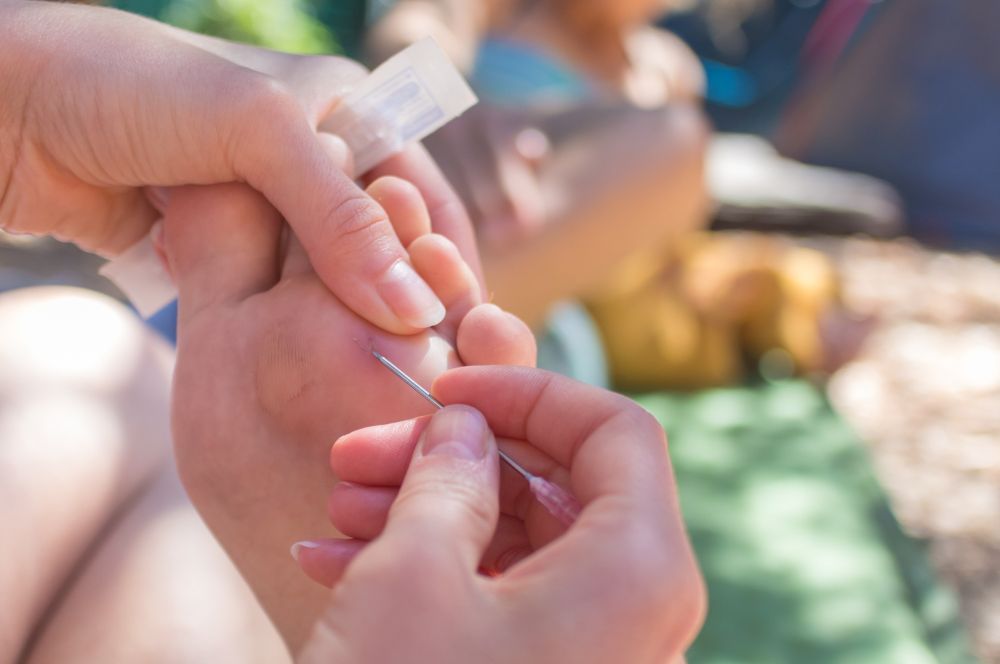
Speedy action and adherence to a step-by-step guide for proper care are key when treating a sea urchin sting. Immediate care, spine removal, and preventing infection and complications are crucial to ensuring a swift recovery.
Understanding the treatment process for sea urchin stings and preparation to administer first aid can help minimize pain and complications, thus resuming your underwater adventures promptly.
Immediate Care and Pain Relief
The first step in treating a sea urchin sting is to provide immediate care and relieve pain. Rinsing the affected area with vinegar can help alleviate pain and dissolve any remaining spines. Taking over-the-counter pain relievers such as ibuprofen and acetaminophen can also help manage pain.
Immersing the affected area in warm water for at least 30 minutes to 90 minutes, or until the pain subsides, can further reduce pain and swelling caused by the sting. Acting quickly and providing immediate care can help alleviate the pain and discomfort associated with a sea urchin sting.
Removing Sea Urchin Spines
After providing immediate care, the next step in treating a sea urchin sting is to remove any spines embedded in the skin. To do this, use tweezers and carefully remove the spines to avoid breaking them. If the spines are small or difficult to grasp, a razor can be used to gently scrape them out.
Caution is required when removing sea urchin spines, as breaking them could result in complications like infection and tissue necrosis, which may require surgical removal. In some cases, sea urchin spines might require surgical removal. Following proper spine removal techniques can help minimize the risk of complications and promote a faster recovery after the surgical removal.
Preventing Infection and Complications
After the removal of the spines, preventing infection and complications becomes imperative. Here are some steps to follow:
-
Keep the affected area clean and dry.
-
Apply antibiotic ointment to help prevent infection.
-
Monitor for signs of infection, such as redness, swelling, and pus.
-
If any of these signs are present, seek medical attention immediately.
In addition to keeping the wound clean with soap and water, soaking the affected area in vinegar or a solution of hot water and vinegar can help dissolve any remaining spines and further prevent infection. By taking these steps, you can minimize the risk of infection and complications and ensure a speedy recovery.
When to Seek Medical Help for Sea Urchin Stings
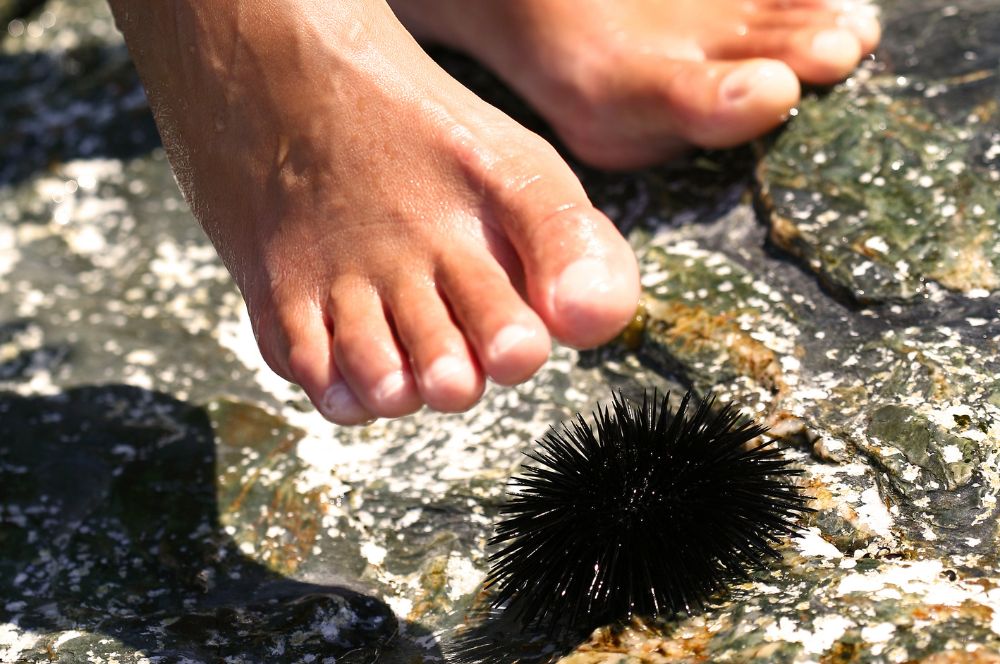
Although most sea urchin stings can be managed with appropriate first aid and care, certain situations necessitate medical attention. If you experience signs of infection such as redness, swelling, or pus, deep puncture wounds, or if pain and symptoms persist or worsen after a few days, it’s essential to consult a medical professional.
Getting medical assistance when needed can guarantee suitable treatment and prevent complications like:
-
tissue necrosis
-
arthritis
-
joint stiffness
-
respiratory failure
By recognizing when to seek medical help, you can have peace of mind and focus on enjoying your underwater adventures.
Tips for Avoiding Sea Urchin Stings
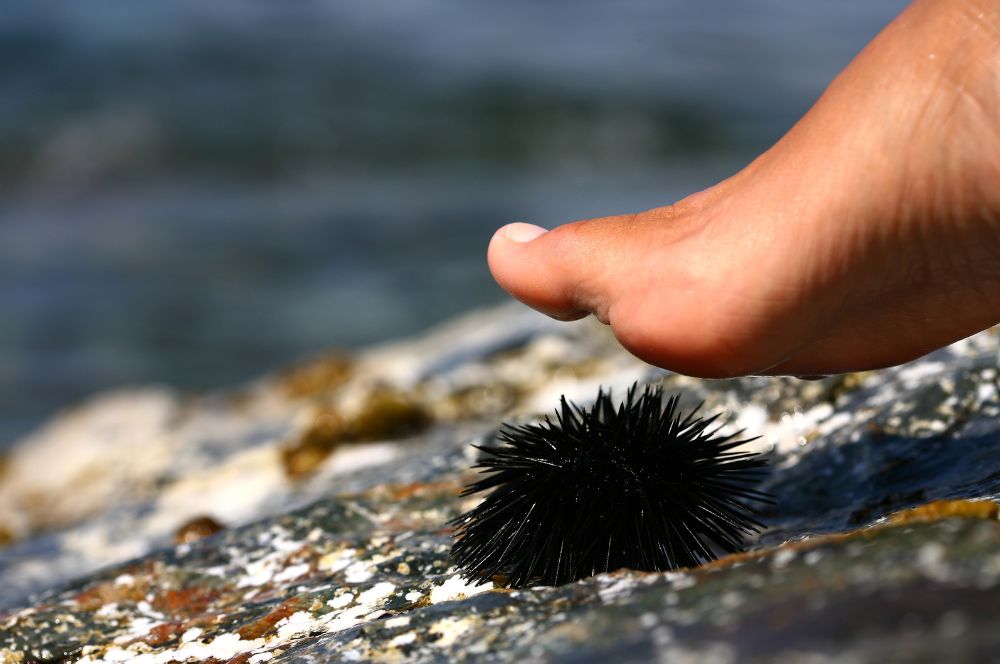
The best way to enjoy your time in the ocean worry-free is by preventing sea urchin stings. Some tips for avoiding sea urchin stings include wearing protective gear, such as gloves and wetsuits, to shield your skin from direct contact with sea urchin spines. Additionally, being cautious around rocky areas and crevices where sea urchins may reside can help you avoid surprise contact with these creatures.
Another important tip is to refrain from handling sea urchins. While they may appear harmless, their sharp spines can cause painful stings upon contact. By following these tips and being aware of your surroundings, you can enjoy your underwater adventures without the fear of painful sea urchin stings.
Summary
In conclusion, understanding sea urchin stings, their symptoms, and the dangers posed by different sea urchin species is crucial for anyone venturing into the ocean, particularly scuba divers. By wearing protective gear, being cautious around sea urchin habitats, and knowing how to treat a sea urchin sting, you can enjoy your underwater adventures without fear. Remember, prevention is the best medicine, so always be aware of your surroundings and take the necessary precautions to minimize the risk of stings and ensure a safe and enjoyable diving experience.
Frequently Asked Questions
How long does a sea urchin sting last?
The pain from a sea urchin sting can last for up to five to seven days, and if it persists beyond that, it may be an indication of infection or a retained foreign body.
How bad is a sea urchin sting?
Sea urchin stings cause an intense, burning pain at the puncture wound, along with swelling and temporary numbness. They often leave puncture wounds that can become infected if not treated immediately, and they can be very painful. However, most sea urchin stings are not life threatening and rarely cause lasting harm.
When should I see a doctor for a sea urchin sting?
If you experience pain for more than four days or signs of infection, seek medical attention. If the stings cause chest pain or breathing difficulties or enter a joint, seek immediate emergency care. Anyone with a history of allergies to stings or bites should also seek medical help.
What happens if you get stung by a sea urchin?
Based on the provided text, there is only one paragraph. Here is the split version: Paragraph 1: If you get stung by a sea urchin, you may experience joint and muscle pain, dermatitis, paralysis, respiratory failure, or tissue necrosis. In extreme cases, death can also be a consequence of the injury.
What are the symptoms of a sea urchin sting?
A sea urchin sting can cause painful swelling, redness, itching and even muscle weakness or paralysis. Muscle aches and infection can also result.
Recent Posts

